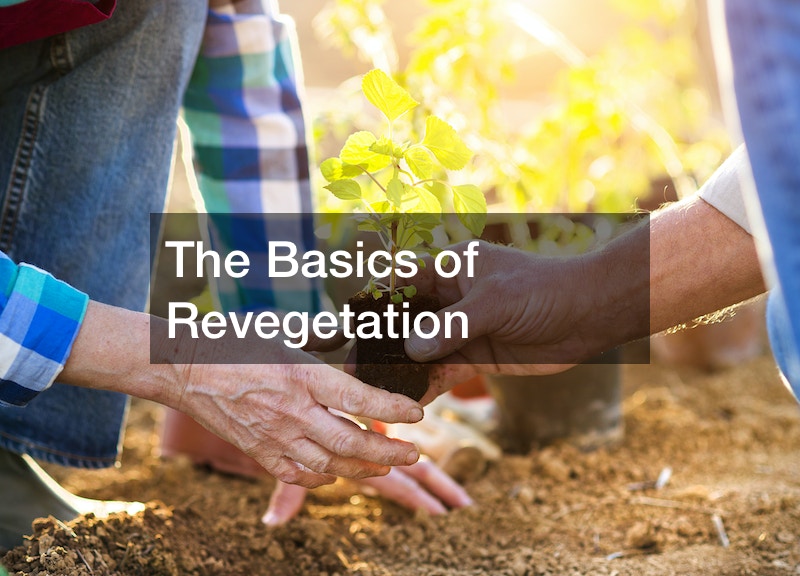
Providing habitat for wildlife is done by re-vegetating lands. The process of natural revegetation relies on the process of plant succession, and planting back native vegetation could take decades or even a century to grow. Stay here for some helpful insights into revegetation.
When practicing this process, it’s important to wear protective gear and know the techniques for placing plants into the ground. Using a trowel will be helpful to push down into the ground before planting inside the hole, though you must be careful not to dig your trowel too deep.
Also, make sure you do not place the plant into the ground too deep or too shallow. Stem rot occurs if you plant too shallowly, so make sure you do not see part of the plant sticking out above the ground. Pushing your plant into the ground requires firm force so that you do not have air pockets underneath that dry out the roots over time. Finally, make sure to employ a tree guard to protect your newly re-planted plants.
Revegetation is often done to rebirth the natural reserve through sustained tree growth that provides a habitat for wildlife. To learn more about succession and natural revegetation, refer to the video we have linked above.
.

